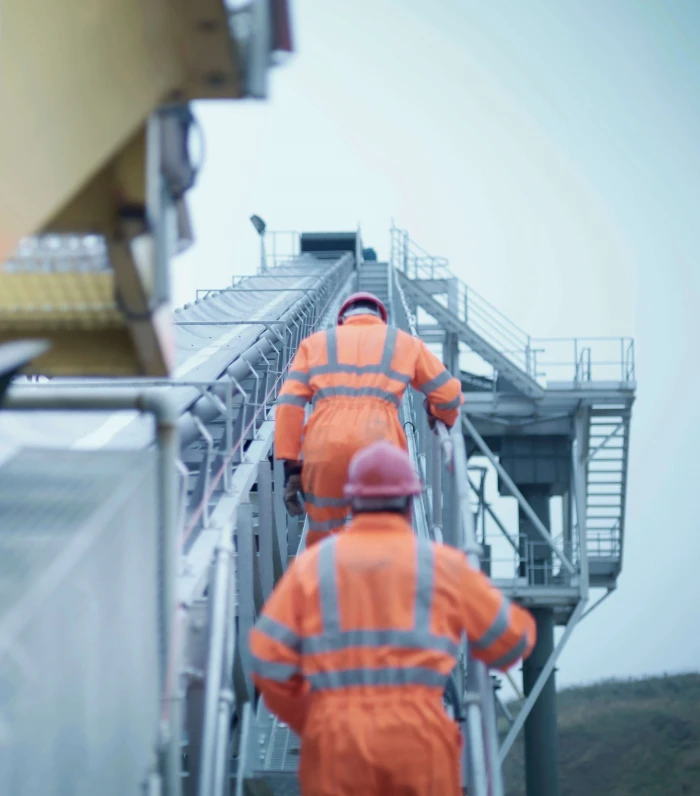Five ways to drive momentum



CEW member and Non-Executive Director
December 2021
1. Recruit diverse voices and speak together
When I first started sitting on boards, I was often the only woman. Now that we’re seeing more diverse board appointments, there are more voices to advocate for gender safety and equality, and to back you when you raise the issue.
Fundamental change comes with boardroom diversity, so we need to continue getting more women and people from diverse groups represented on our boards. This is the best way to build a collection of allies.
2. Go deep on the data and call in experts
Often engagement surveys data is saying one thing, but your culture is saying something else.
There can be a lot of power in the open-ended questions in engagement surveys. On one of the boards I sit on, the written responses to these questions were inconsistent with the cases of sexual harassment being reported – the latter suggested there were no issues of concern.
I suspected that this wasn’t true.
The Managing Director avoided the issue. The Chair also didn’t see the urgency around addressing sexual harassment. I realised I needed to raise my concerns through another channel.
I spoke with the Chair of the audit and risk committee who brought in an expert from one of the Big Four consultancy firms to provide the board and executive team with some training on sexual harassment.
It was important to do this training together because it brought everyone up to speed and allowed for a common language to be used. This meant we were all able to sing from the same song sheet.
The training built people’s knowledge and expertise, and shifted sexual harassment from being an HR issue to a gender and safety issue. It was also important to highlight the legislative, legal and moral obligations of our board directors.
After the training, we saw a dramatic shift in the Managing Director’s mindset. He now sees work on sexual harassment as grounded in workplace safety. He is now owning the issue as part of his development as a strong leader and speaking out internally and externally.
For years I’ve found getting traction to address sexual harassment at a board level to be extremely difficult.
In mining we address and prevent physical safety risks incredibly well, but when it comes to sexual harassment it’s as though we’ve been asleep at the wheel.
I’ve faced a lot of pushback despite always striving to be measured and direct. But 2021 was different.
The collective conversation in the community, and the bravery of Brittany Higgins and Grace Tame, has made the issue visible to CEOs and Chairs, some for the very first time. It’s a watershed moment and I’m very optimistic that it could lead to long-term change.
I’ve previously worked with a CEO who didn’t see sexual harassment as an issue because it had never been a lived experience for him. He was a values-led leader, but sexual harassment was his blind spot.
In contrast, sexual harassment is a lived experience for most women. I’ve mentored women at all levels in the mining industry for years now and haven’t encountered any who haven’t experienced it in some form.
The 2021 women’s marches earlier this year, and surrounding coverage, propelled sexual harassment into this CEO’s line of focus; he was genuinely shocked.
In the nearly 30 years I’ve worked in the mining industry, I can count on two fingers the times I’ve been asked about my own experiences of sexual harassment. This year, that CEO asked me, and he really listened to my response. It was the start of real change in that organisation.
Here’s what I’ve learned about driving momentum.
3. Build relationships
On a different board I joined there was a high risk of sexual harassment because of the size of the company’s workforce and its fly-in-fly-out (FIFO) operations. The Chair advised me to put my influence to good use to address this.
I did this by asking questions and sharing personal experiences during my sessions with management as part of my board induction. I spoke to the person running diversity, the Head of HR, the Head of Culture and relevant business heads to develop valuable relationships across the organisation. I then linked up people in the company with thought leaders in their areas, so they had access to relevant information.
Progress was made within two to three months. The Managing Director owned the issue in the boardroom which meant things were able to move at lightning speed.
Leadership from the top was fundamental to give confidence to others that matters would be taken seriously and treated sensitively. The message was that it was safe to speak up.
We have since seen a lift in cases reported across the business and rolled out company-wide safe behaviour initiatives. We have also changed the camp practices for FIFO workers and stepped up to contribute to industry wide solutions.
Also, with permission from another organisation, I was able to share best-practice processes and materials. The more support resources we can share with each other, the better.
4. Share experiences
In order to address the stark knowledge gap in the mining industry I’ve seen success by using safety shares to highlight sexual harassment as a legitimate safety risk and educate in a non-confrontational way. Safety shares are reminders to keep safety front of mind, often told as informal stories with key lessons surfaced. They are an existing, well-understood process in mining.
It takes courage, but female leaders may consider educating their peers by sharing their own experiences of sexual harassment during a meeting. This, of course, can only be done with their full consent and should never be a directive. I’ve found the impacts of this to be profound. It helps to develop a shared understanding in a safe and constructive way.
5. Take a strategic mindset
When raising sexual harassment, you need to be strategic. You can do this by planning, getting a key stakeholder to support you and finding common ground. Bring the leadership team alongside you so there’s ownership. Prepare some helpful responses in case you receive any pushback. This will make you feel more confident going into the conversation.
You also need to be mindful of the board losing momentum as it focuses on other pressing issues. This is especially pertinent when you factor in COVID-19.
Plan for how you’ll keep it on the agenda. In my case, if I haven’t seen the appropriate level of attention given to sexual harassment, I start mapping out a game plan. This might include developing a sub-committee, for instance.
I always have the next ten moves mapped out to ensure sexual harassment stays on the agenda. I ask questions such as: What are the KPIs to be reported to the board? What are our dashboards capturing? How can we ensure this becomes part of the DNA of the business and part of our safety reporting processes?
Tying actions to incentives throughout organisations truly drives momentum.
CEW has developed a range of resources to help leaders bring about real change in their organisations, and to track and eliminate sexual harassment.

